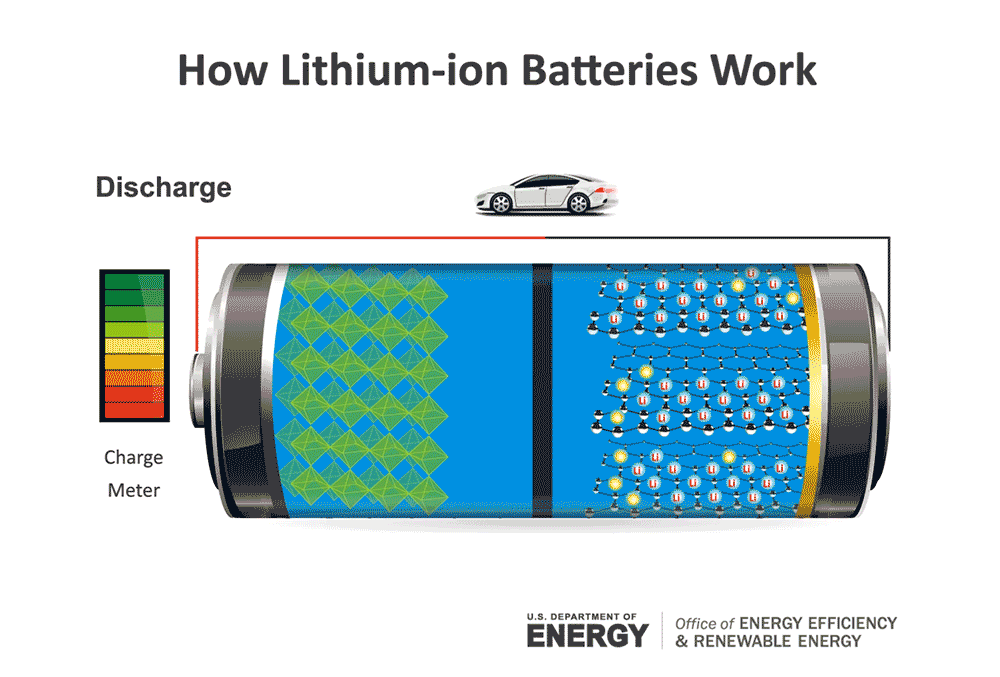Electric Current Series and Parallel Connections
Series Connection:
In a series connection, components are connected end-to-end, forming a single path for current to flow. The key points are:
- Same current flows through each component.
- Total resistance (Rtotal) is the sum of individual resistances: Rtotal = R1 + R2 + ... + Rn
- Total voltage (Vtotal) across the series connection is the sum of individual voltages: Vtotal = V1 + V2 + ... + Vn
Example:
Consider three resistors R1 = 5Ω, R2 = 10Ω, and R3 = 15Ω connected in series with a 12V battery. Calculate the total resistance and current flowing in the circuit.
Parallel Connection:
In a parallel connection, components are connected side-by-side, providing multiple paths for current to flow. The key points are:
- Same potential difference (voltage) across each component.
- Reciprocal of total resistance (1/Rtotal) is the sum of reciprocals of individual resistances: 1/Rtotal = 1/R1 + 1/R2 + ... + 1/Rn
- Total current (Itotal) is the sum of individual currents: Itotal = I1 + I2 + ... + In
Example:
Consider three resistors R1 = 5Ω, R2 = 10Ω, and R3 = 15Ω connected in parallel with a 12V battery. Calculate the total resistance and current flowing in the circuit.
Ohm's Law Example
Consider a circuit with a current of 2 Amperes (A) flowing through a resistor with a resistance of 5 Ohms (Ω). Calculate the potential difference (voltage) across the resistor.
Battery Electric Current Short Notes

Electric current is the flow of electric charge in a circuit. The working of a battery involves the conversion of chemical energy into electrical energy.
A battery is a device that contains two different electrodes (usually one made of zinc and the other of copper) immersed in an electrolyte solution. When the battery is connected to a circuit, a chemical reaction occurs at the electrodes.
In the process, electrons are transferred from one electrode to another through the external circuit, creating an electric current. This flow of electrons is what powers the connected devices.
Kirchhoff's Laws Short Notes with Examples
Kirchhoff's First Law (KCL) - Current Law:
Kirchhoff's first law states that the total current flowing into a junction (or node) in a circuit is equal to the total current flowing out of that junction.
Kirchhoff's Second Law (KVL) - Voltage Law:
Kirchhoff's second law states that the total sum of the electromotive forces (emfs) in a closed loop (or mesh) in a circuit is equal to the sum of the potential drops across the resistances in that loop.
Example for Kirchhoff's First Law (KCL):
Consider a junction in a circuit where three currents are entering: I1 = 2A, I2 = 3A, and I3 = 1A. Calculate the total current leaving the junction.
Example for Kirchhoff's Second Law (KVL):
Consider a closed loop in a circuit with two resistors R1 = 5Ω and R2 = 10Ω, and an emf source of 12V. Calculate the total voltage drop across the resistors.
Differences Between Potential Difference and EMF
Potential Difference:
Potential difference, also known as voltage, is the difference in electric potential energy between two points in a circuit. It is measured in volts (V) and represents the work done per unit charge in moving a positive test charge from one point to another within the circuit.
Symbol: V
Unit: Volt (V)
Measured using a voltmeter.
It depends on the circuit elements and the charge distribution.
Electromotive Force (EMF):
EMF is the maximum potential difference that can be developed across the terminals of a source (e.g., a battery or a generator) when no current is drawn from it. It represents the energy per unit charge supplied by the source to the circuit.
Symbol: ε
Unit: Volt (V)
Measured using a voltmeter.
It depends on the source of electrical energy.
Short Notes on Short Circuit and Overloading
Short Circuit:
A short circuit occurs when a low-resistance path is created in a circuit, bypassing the normal load. It results in excessive current flow, potentially causing damage to the circuit components and creating safety hazards.
Causes: Faulty wiring, damaged insulation, or a direct connection between positive and negative terminals.
Effects: High current flow, overheating, circuit damage, and circuit protection devices (e.g., fuses, circuit breakers) trip to prevent damage.
Overloading:
Overloading occurs when the connected load in a circuit exceeds its maximum safe current-carrying capacity. It leads to excessive current flow, potentially overheating and damaging the circuit.
Causes: Connecting too many electrical devices or appliances to a single circuit or exceeding the device's rated current.
Effects: Circuit overheating, fire hazards, damage to devices, and circuit protection devices (e.g., fuses, circuit breakers) trip to prevent damage.